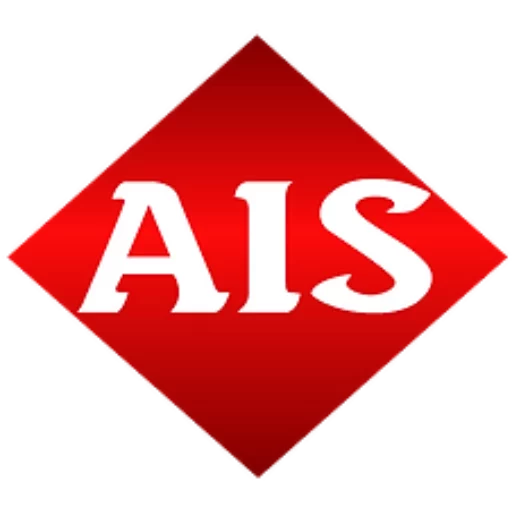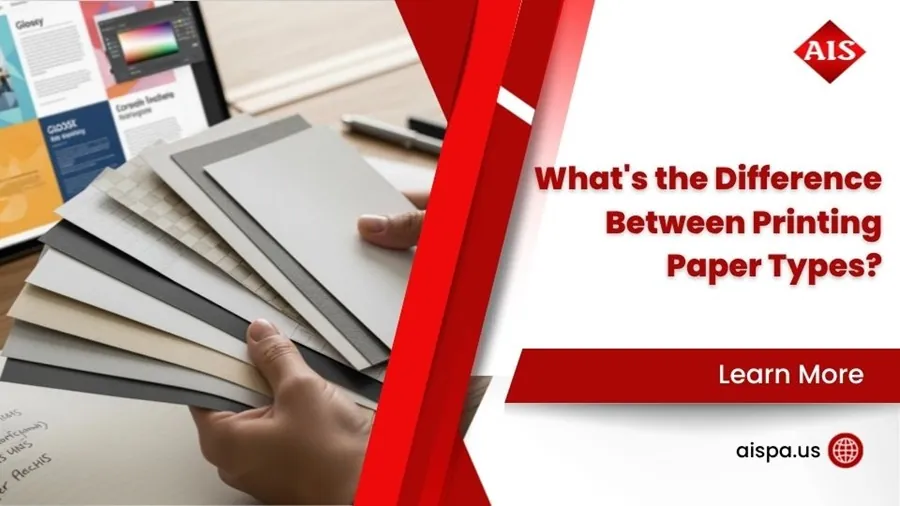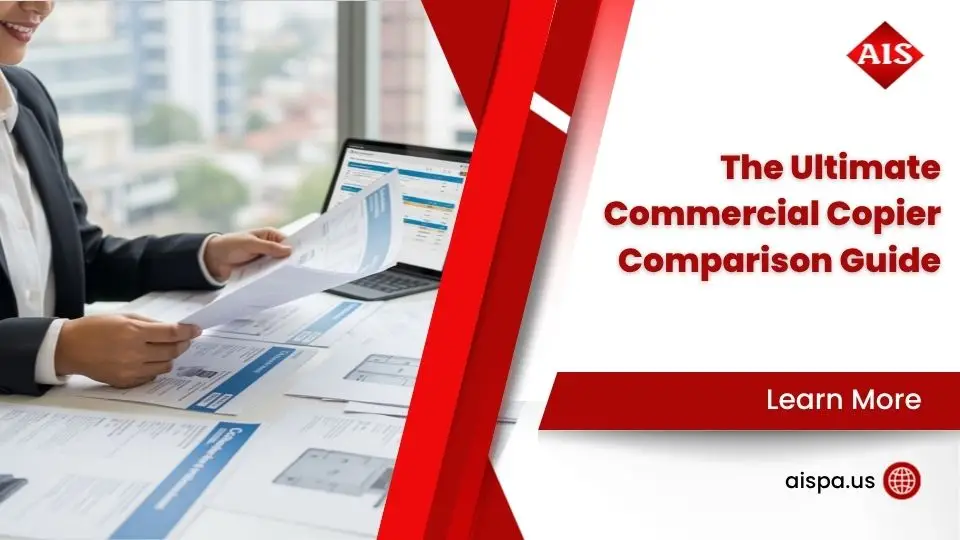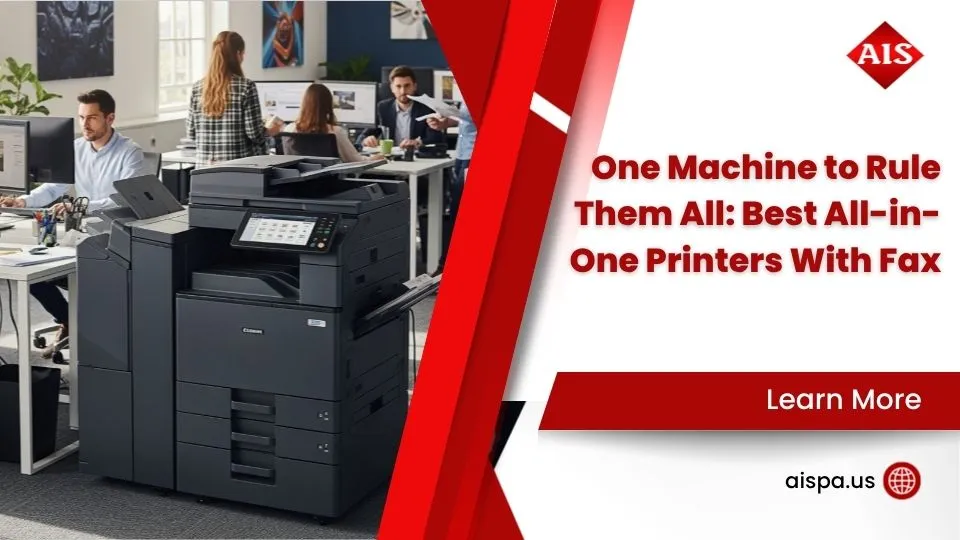7 Copier Maintenance Tips to Avoid Office Meltdowns
AI Overview:
This comprehensive guide explains how simple, consistent copier maintenance can dramatically extend machine lifespan, reduce repair costs, and prevent workflow interruptions. It highlights the importance of daily cleaning routines, correct paper and toner handling, and professional servicing—all key to avoiding costly breakdowns and keeping offices productive.
Why Proper Copier Maintenance Prevents Costly Office Disasters
Copier maintenance is the key to keeping your office running smoothly and avoiding the frustration of unexpected breakdowns. Simple preventative tasks like cleaning glass surfaces, proper paper loading, and regular servicing can extend your machine’s lifespan by years while dramatically reducing repair costs.
Essential Copier Maintenance Tasks:
- Daily: Turn off copier at end of workday, allow proper warm-up time
- Weekly: Clean scanner glass and document feeder, wipe down paper trays
- Monthly: Empty waste toner reservoir, check for error codes
- As-needed: Fan paper before loading, replace toner cartridges promptly
- Professional: Schedule service visits every 6 months for high-volume machines
As one office manager put it: “Nothing can sabotage a workday quicker than a copy machine breakdown.” The research backs this up – regular maintenance can extend copier life, reduce downtime, and save money in the long run.
The most common copier problems stem from preventable issues: dust buildup causing image quality problems, paper jams from improper loading or low-quality paper, and overheating from poor ventilation. Even something as simple as dirty glass can create annoying streaks and dots on every copy.
The good news? Most copier maintenance tasks are surprisingly simple. You don’t need technical expertise to keep your machine running smoothly – just consistent habits and knowing when to call in the professionals.

The Foundation: Daily and Weekly Cleaning Routines
Think of copier maintenance like caring for your car—skip the basics and breakdowns show up at the worst time. Simple daily and weekly habits prevent jams, streaks, and unnecessary repairs.
Tip 1: Keep the Copier Glass Spotless
Most streaks and spots come from dirty scanner glass or the document feeder glass (fingerprints, dust, and stubborn Wite-Out smudges). Turn the copier off, use a microfiber cloth lightly dampened with glass cleaner, and never spray cleaner directly on the glass. Wipe the main platen and the narrow feeder strip, and check under the lid for hidden smudges. This quick weekly task dramatically improves scan quality.
For more detailed cleaning strategies that can actually save your business money, check out our Sharp Printer Cleaning Tips That Cut Costs.
Tip 2: Wipe Down the Exterior and Trays
Dust buildup shortens component life. Once a week, do a simple exterior cleaning with a slightly damp lint-free cloth. Use a non-dripping sanitizing wipe on the control panel. Open each tray and clear paper dust, especially in paper exit trays and the bypass tray. Keep the bypass tray closed when not in use to prevent debris and reduce jams.
Tip 3: Follow Proper Shutdown and Warm-Up Procedures
Do an end-of-day shutdown, and power off for weekends when possible. In the morning, let the copier finish its warm-up and calibration cycle before use. These small habits save energy, reduce strain on parts, and support long-term reliability.
These quick routines form the backbone of smart copier maintenance, keeping print quality high and downtime low.
Feed Your Copier Right: Paper and Toner Best Practices
The quality of the ‘ingredients’ you feed your copier—paper and toner—directly impacts its performance. For copier maintenance, proper consumables management can be the difference between smooth operation and frustrating breakdowns. Let’s explore how to keep your office running like clockwork.

Tip 4: Master Paper Loading and Quality
Paper jams are the office equivalent of a flat tire – they always seem to happen at the worst possible moment. The frustrating truth? Most paper jams are completely preventable with proper paper handling techniques.
The secret weapon against paper jams is surprisingly simple: fanning. Before loading any fresh ream into your copier tray, take thirty seconds to fan the pages. This breaks apart sheets that might be clinging together from static electricity or manufacturing residue. It’s such a small step, but it prevents the double-feeds and misaligned sheets that cause most jams.
Proper loading technique goes beyond just dropping a stack of paper in the tray. Make sure your paper stack sits evenly aligned and doesn’t exceed the tray’s maximum capacity markings. Overstuffed trays are a guaranteed recipe for disaster – they strain the paper feed mechanism and create uneven feeding that leads to jams and potential damage.
Paper quality matters more than most people realize. Cheap or heavily recycled paper produces significantly more paper dust, which accumulates inside your copier over time. This dust buildup affects print quality and can interfere with internal sensors and rollers. Investing in quality paper is actually smart copier maintenance – it reduces cleaning needs and prevents mechanical issues down the road.
Humidity plays a sneaky role too. Paper stored in damp conditions can curl or stick together, while overly dry environments create static buildup. Keep your paper supply in a cool, dry place for best results.
For detailed guidance on selecting the right paper for your specific needs, check out our comprehensive guide on Choose Right Printer Paper Types. If you’re currently battling persistent paper jams, our troubleshooting article Solving the Problem Printer Jam offers immediate solutions.
Tip 5: Handle Toner and Waste Correctly
Toner management is where many offices stumble in their copier maintenance routine. It’s not just about swapping cartridges when they’re empty – proper toner handling protects your machine’s most expensive internal components.
Don’t play chicken with low toner warnings. When your copier starts alerting you about low toner, it’s giving you a heads-up, not a suggestion to wait another week. Running cartridges bone dry can stress the fuser unit and create uneven print density that’s hard to correct later.
The OEM versus compatible toner debate comes up in every office budget meeting. While compatible cartridges cost less upfront, OEM toner is specifically engineered for your machine’s tolerances and chemistry. Compatible toners sometimes cause uneven distribution, poor image quality, or in worst cases, damage to the fuser assembly. For critical copier maintenance, OEM is usually worth the investment.
Your waste toner reservoir is like a car’s oil – ignore it at your peril. This often-forgotten component collects excess toner particles during the printing process. When it fills up, your copier will throw error codes and eventually refuse to operate. Even worse, an overflowing waste reservoir can contaminate your prints and clog internal mechanisms.
The good news is that handling waste toner is straightforward once you know the steps. Our detailed walkthrough How to Empty Waste Toner Box takes the mystery out of this essential maintenance task. When it’s time for full cartridge replacement, our Sharp Printer Toner Change Guide provides step-by-step instructions that prevent spills and ensure proper installation.
Handle toner cartridges with care – they contain fine powder that can create quite a mess if spilled. Always keep cartridges upright, avoid shaking them unnecessarily, and have cleaning supplies nearby just in case. A little caution goes a long way in keeping both your copier and your office clean.
Proactive Troubleshooting and Professional Copier Maintenance
Even with strong copier maintenance habits, issues happen. Knowing basic fixes—and when to call a pro—prevents small hiccups from becoming costly outages.

Tip 6: Learn Basic Troubleshooting
For a paper jam, follow the on-screen path and your manual—yanking paper can damage rollers. If jams persist, see Reasons of Printer Keeps Jamming.
Check the display for error codes and look them up; fixes are often as simple as closing a cover or seating a tray. If you can copy locally but not print, it’s likely a network issue—verify cables/Wi‑Fi and restart both the copier and your computer. A quick reboot of the device can clear temporary software glitches.
For poor print quality (faded prints, streaks, spots), confirm toner levels, clean the glass (Tip 1), and use quality paper (Tip 4) before escalating.
Tip 7: Recognize the Signs for Professional Copier Maintenance
Call a technician if you notice:
- Persistent jams despite proper loading and paper quality
- Grinding or clicking noises or other unusual sounds
- Recurring error codes that return after basic troubleshooting
- Lines or spots on all prints even after cleaning the glass
- Wrinkled or creased pages pointing to worn rollers or paper path issues
- Sudden, sustained slowdowns not tied to network traffic
Learn what these signs can cost in Copier Repair Signs Costs, and get help fast via our Copier Repair Services. Our factory-trained techs diagnose and fix complex issues quickly to minimize downtime.
The Strategic Advantage of a Copier Maintenance Contract
We’ve covered the helpful daily and weekly copier maintenance tasks, but what about the bigger picture? For many offices, especially those with high print volumes, a copier maintenance contract is a smart business move. As one expert put it, “A copier maintenance contract can give you peace of mind and prevent breakdowns that are disruptive to work and annoying to you and your staff.” A good maintenance contract is like an insurance policy for your copier, bringing compelling benefits to your office.
First, you get incredible peace of mind. Knowing that a team of experts is ready to help and even proactively checking on your equipment takes a huge weight off your shoulders. No more wondering who to call or if you can afford the fix. This leads right into budget predictability. Most contracts cover parts, labor, and sometimes even essentials like toner. This means you get clear, predictable monthly costs, saving you from those nasty, unexpected repair bills.
Then there’s the magic of reduced downtime. Nothing stops a busy workday faster than a broken copier. With scheduled preventative visits and guaranteed fast response times, your copier stays up and running more often. That means fewer interruptions for your team and happier employees all around. These preventative service visits are key; technicians can spot small issues before they become big, costly problems. In fact, “Regular maintenance can extend the life of your copier, reduce downtime, and save you money in the long run.”
Plus, with included parts and labor, you won’t have to stress about the cost of a new fuser or the technician’s hourly rate. It’s all typically covered! This kind of consistent, professional care truly helps in extending your copier’s lifespan, ensuring your machine works at its best for years. After all, as they say, “Photocopier maintenance refers to the actions taken to ensure that your photocopier is in working condition.”
This smart, proactive approach is often a part of bigger Managed Print Services (MPS). MPS helps you fine-tune your whole printing setup for maximum efficiency and savings.
Understanding Your Professional Copier Maintenance Options
When you’re thinking about a copier maintenance contract, it’s good to know what kind of options are out there. Each one offers different levels of support and benefits.
At the core, you’ll find service agreements. These are the main contracts that lay out exactly what services you’ll get. This includes regular check-ups, emergency repairs, and replacing parts when needed.
Many contracts also use cost-per-copy models. Here, you pay a set rate for every page you print. This fee often includes all the service, parts, and toner you’ll need. It’s a great way to simplify budgeting, especially for offices with high printing volumes.
You’ll also want to look for response time guarantees. These promises ensure a technician will be there quickly when you need them. This means your business won’t be stuck if your copier breaks down. Here at Associated Imaging Solutions, for example, we’re proud of our fast, reliable service and our ability to fix most issues on the first visit.
Some of the more advanced contracts even offer automatic supply fulfillment. Thanks to clever remote monitoring, your service provider can detect when your toner is running low and send new cartridges your way before you even realize you need them. No more last-minute toner dashes!
Finally, proactive monitoring is a game-changer. Modern copiers can be watched remotely by service providers. This lets them catch potential problems or worn-out parts before anything actually breaks. They can then schedule maintenance ahead of time, ensuring your copiers are always running their best, not just getting a quick fix after a problem.
At Associated Imaging Solutions, we’re dedicated to offering complete copier maintenance solutions custom just for your business. We combine our local knowledge with top-notch global standards. This means you get personal service and advanced technology to make your document management smoother. We proudly serve businesses all over Pennsylvania, including Altoona, Bethlehem, Carlisle, Chester, Doylestown, Easton, Erie, Harrisburg, Hazleton, Johnstown, King of Prussia, Lancaster, Lebanon, Media, New Castle, Norristown, Philadelphia, Pittsburgh, Pottstown, Reading, Scranton, West Chester, Wilkes-Barre, Williamsport, and York.
Frequently Asked Questions about Copier Maintenance
After supporting Pennsylvania businesses with copier maintenance for years, here are the answers we share most often.
What are the most common causes of copier malfunctions?
The big culprits are preventable: paper jams from not fanning paper, overfilling trays, or using low-quality stock; dust and debris interfering with sensors and airflow; print quality issues from dirty glass, low/incompatible toner, or worn drums; and worn parts (rollers, fusers) that weren’t replaced on schedule. Overheating from poor ventilation also accelerates failures.
How often should a copier be professionally serviced?
Most offices do well with 1–2 services per year. High-volume or dusty environments often need visits every 3–4 months. Temperature swings and ventilation also matter. A maintenance contract lets us tailor schedules to your usage, and with remote monitoring we can act before users notice problems.
What's the difference between refurbished and repossessed copiers?
Refurbished/reconditioned units are used machines with varying levels of part replacement—quality depends on the rebuilder. Repossessed units are typically newer, lower-page-count models returned from leases, offering a “like‑new” option at a discount. Always request the actual page count and documentation of parts replaced/inspected.
Maximize Uptime with a Smart Maintenance Strategy
Picture this: It’s Monday morning, you’re rushing to prepare for an important client meeting, and your copier decides to take an unscheduled vacation. Sound familiar? This scenario plays out in offices across the country every day, but it doesn’t have to be yours. Throughout this guide, we’ve explored how simple, consistent copier maintenance can transform your office from chaos to calm.
The difference between proactive and reactive care is like the difference between regular oil changes and waiting for your engine to seize up. When we take charge of our copier’s health with daily glass cleaning, proper paper handling, and regular toner management, we’re investing in something much bigger than just a machine – we’re investing in our office efficiency.
Think about the ripple effects: when your copier runs smoothly, your team stays productive. When it breaks down unexpectedly, everyone’s day gets derailed. The cost savings speak for themselves too. A well-maintained copier can last years longer than a neglected one, and those preventative maintenance visits cost a fraction of emergency repairs.
We’ve covered the essentials – from keeping that scanner glass spotless to recognizing when it’s time to call in the professionals. But here’s the thing: you don’t have to steer this alone. The beauty of a smart maintenance strategy is that it combines your daily care with professional expertise.
At Associated Imaging Solutions, we’ve seen how the right maintenance approach can completely transform a business’s printing experience. Whether you’re dealing with a single desktop copier or managing a fleet of high-volume machines across multiple locations, we understand that every business has unique needs.
Our team brings together local expertise with global standards, which means you get the personal touch of a neighborhood business with the reliability and advanced technology of a major corporation. We serve businesses throughout Pennsylvania – from the busy streets of Philadelphia to the industrial heart of Pittsburgh, from the government offices in Harrisburg to smaller communities like Altoona, Bethlehem, and Lancaster.
Ready to stop worrying about copier breakdowns and start focusing on what really matters – growing your business? Let’s work together to create a maintenance strategy that fits your specific needs and budget.
Get a custom copier lease and maintenance plan











